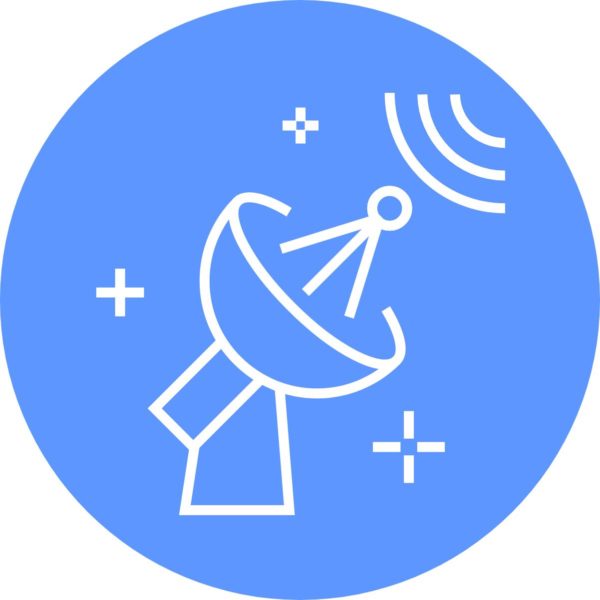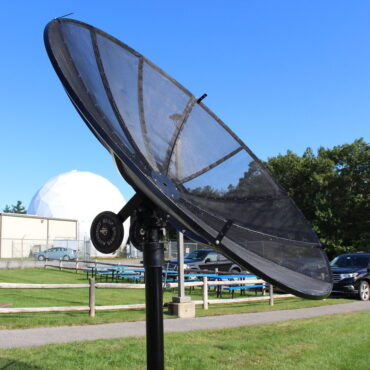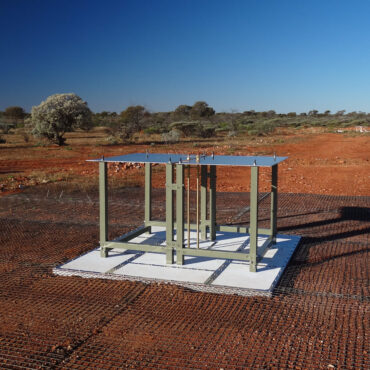
Alan E.E. Rogers
Research Affiliate My current focus is radio telescope design, particularly the EDGES antenna.
Alan E. E. Rogers was born in Zimbabwe in 1941 and as an amateur radio operator ZE6JG published his first paper in QST in 1962. He came to MIT as a student in 1962 and worked on his thesis under Alan H. Barrett at Haystack and in 1967 received his Ph.D. from MIT in Electrical Engineering. He joined the staff of Haystack Observatory in 1968 where he carried out research in Radio and Radar Interferometry. He aided in the development of Very Long Baseline Interferometry (VLBI) for Geodesy and Astronomy. From 1994 to 2002 he worked with industry in the development of radio location systems for cellular phones and from 2002 to 2006 helped build an array of antennas at 327 MHz used to measure the deuterium abundance in the interstellar gas of the Galaxy.
In 2006 he retired to his present position of M.I.T. Research Affiliate at Haystack Observatory to work on an Experiment to Detect the Global EoR Signature (EDGES) project and low-cost spectrometers used to measure the ozone concentration and wind velocity in the mesosphere. In 2012 he helped with the holographic measurements of the surface of the new 37m antenna at Haystack. In 2018 the EDGES project detected an absorption in the sky-averaged spectrum at 78 MHz, which, if confirmed to be real and not the result of instrumental effects, could be from the epoch of the first stars in the universe at about 180 million years after the Big Bang.
His outreach activities include the development and support of the Small Radio Telescope (SRT) used by students around the world to observe the 21-cm hydrogen line at 1420 MHz and to demonstrate the presence of dark matter by measuring the galactic rotation curve.
In 2008 he received the Dellinger Gold Medal and in 2010 the Grote Reber, a founder of radio astronomy and radio amateur W9GFZ, Medal for his contributions to Radio Astronomy. Alan Rogers is a fellow of the American Geophysical Union and a member of the American Astronomical as well as the American Association for the Advancement of Science and the American Meteorological Society.

SRT: Small Radio Telescope
The Small Radio Telescope (SRT) was developed by Haystack Observatory to serve as an educational tool for universities and colleges for teaching astronomy and radio technology.

EDGES
The goal of EDGES is to detect hydrogen signatures generated during the period of the formation of the first stars and galaxies.